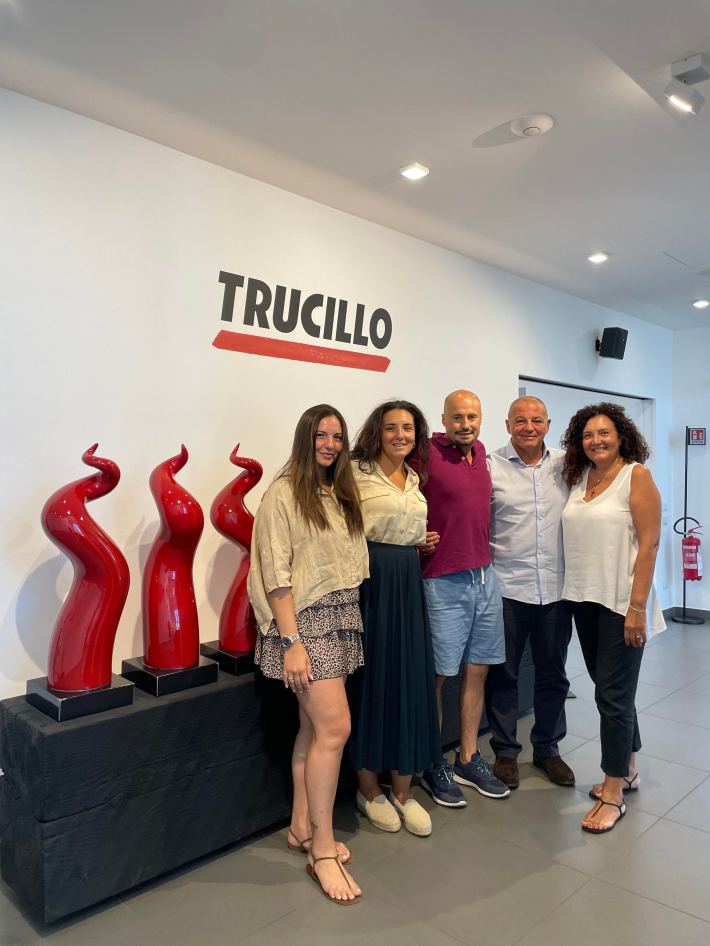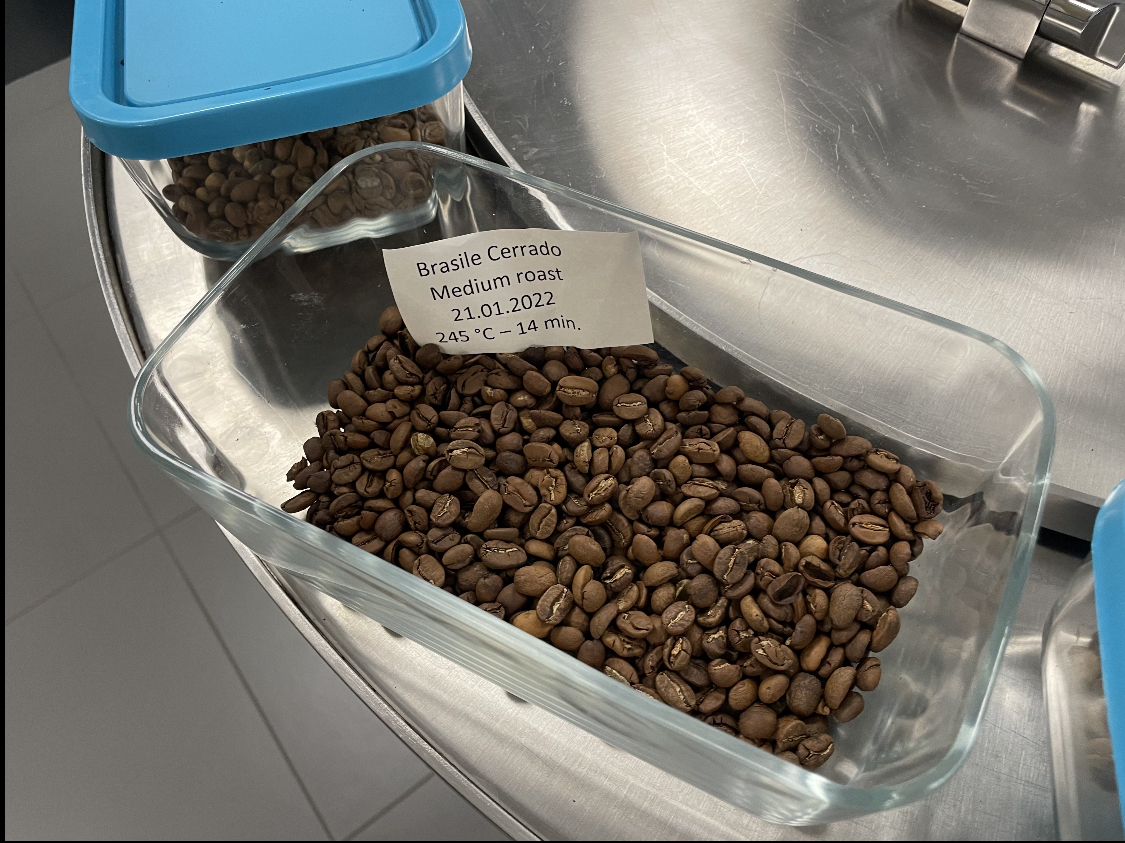In 2008, I published a long “rant” and turned it into a website, pizzaandcoffee.com. I felt troubled and irritated by what I kept hearing very strong opinions on, but none it seemed to match reality. The pizza game has dramatically changed in New York, then America, and then the world. Social media helped a lot with that. While many new coffee shops open up on what seems like a daily basis, I almost never have a good espresso. I can hear all of the talk on “sourcing,” "sustainability,” “only the finest beans,” and the rest of the endless list, but if the espresso isn’t good, I tune it all out.
This is not me being a snob. One of my all-time favorite coffees is an American one with milk and sugar from a Greek diner in the blue and white disc-thrower themed cups, which probably no longer exist (cups and Greek diners, for the most part).
That said, I take coffee very seriously. My latest book, Ma, What Are You Cooking?, has a coffee section towards the end of the book, which chronologically documents an Italian meal.
While you can get great espresso in most parts of Italy, from Rome down is where you get the better cups. If you want the jackpot, Campania, especially the cities of Naples and Salerno and their surrounding areas, is the best of the best.
Coffee is taken so seriously in Naples, there is a tradition of “caffé sospeso," which means coffee in suspense, where generous Neapolitans can pay for an extra coffee and leave it for someone who doesn’t have enough for what is clearly viewed as a necessity. Like with pharmacies, when one “bar,” a café in Italy, closes for a day, at least one other has to stay open.
As mentioned on my site, true espresso must have a creamy look, taste, and feel to it. The top cream should be hazelnut-colored and not black. The cream top, called crema or schiuma, must pass the sugar test. When pouring sugar—if you don’t consume yours black—it should take a few seconds for it to penetrate the cream top and sink to the bottom. A good average is seven seconds, but I have often seen 10 seconds!
This all-important crema comes about by the pressure from the machine, which is why heavy-duty ones are best. When the water is pressed through the coffee, the fats and oils in the coffee get released and emulsified and become suspended in what seems like endless, very small, carbon dioxide air bubbles, helping the foam last longer. The oils and fat contents depend on the types of beans and how recent the roasting was done. The beans’ freshness is also a key factor. A glass of water should always be served before to cleanse your palate.
For over 40 years, my uncle and aunt, Zio Carlo and Zia Ivana, have operated the great gelateria and bar Sotto Zero in Bellizzi. Their son, Danilo, has run it since he was a child! They are very meticulous about everything and only want the best coffee. Their blend is specifically made for them by the great Trucillo, located just 15 minutes from their place.
Trucillo has always been my favorite espresso. I recently arrived at their headquarters for a much-anticipated visit. I was greeted by Valeria Di Giuseppe, one of the managers, who gave me an excellent guided tour. I kept telling her I felt as if I were in Germany or Denmark or Japan. The place seemed too organized for Italy!
She asked me to not take photos of the machines, as it would have been against company policy, but getting to see up close how the beans are selected and the blends are made and the roasting, convinced me even more that Trucillo takes their entire production very seriously. There is a laboratory and school on site to teach and train enthusiastic students who wish to learn how to make the ideal espresso. The company is run very professionally but also with love, making it feel extremely familial.
Speaking of family, the Trucillos were there, and I got to meet the parents and children. Matteo and Fausta made me feel as their own child, as they introduced me to their daughters, Antonia and Andrea. I did not get to meet the brother, Cesare, named after the founder of the company. We talked about their stories, where they are now, and their goals.

Little did I know, Trucillo already sells their coffee to many New York restaurants and bars. I now know that the few places which have good coffee in New York City all carry Trucillo!
Of course, everyone does not have the same blend and makes it in a different way. “La mano” — the hand, referring to who makes it — is also a very big factor. Another big factor, which I was ecstatic to have them confirm for me, is that espresso in a glass cup misses the point. I never liked what I saw as an unnecessary abandonment of what worked. Of course, there are exceptions; caffè alla nocciola is served in a glass cup. Though I have grown to accept glass for regular espresso, only for the cool look of it, it always bothered me.
A final takeaway of great importance was the Trucillo family confirming another thing I hold dear to my heart: professionally-made espresso must have a “bordo spesso,” a thick lip.
Every part of the visit confirmed to me that Trucillo was all that I believed and knew it to be: the best espresso!







